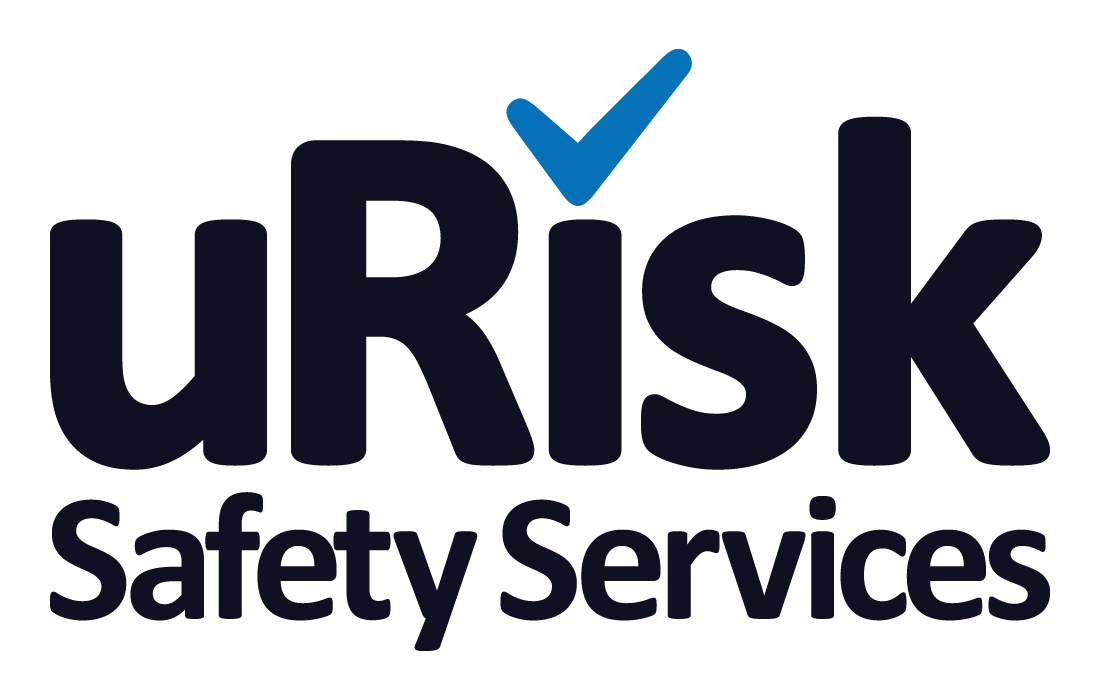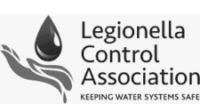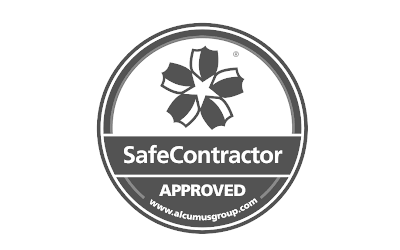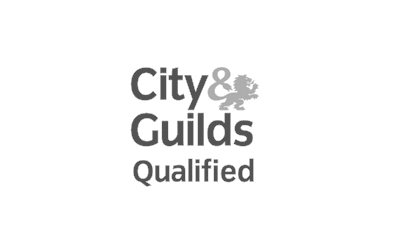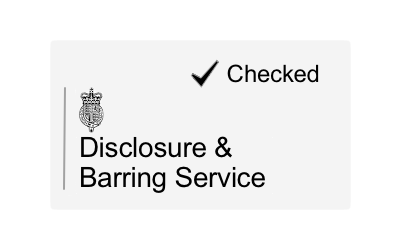Landlords protect yourself & your tenants against Legionnaires’ disease in your properties
Landlords have a legal responsibility when it comes to protecting their tenants from harm against Legionnaires’ disease caused by the legionella bacteria commonly found in residential water supplies; yet many landlords aren’t fully aware of their responsibilities and what they need to do to protect themselves and their tenants. Here we outline everything you need to know as a landlord to make sure you are fully compliant and have taken the correct steps to reduce the risk of Legionella from your premises.
uRisk provides legionella risk assessments for single property landlords, multiple property landlords, estate agents, letting agents and property management companies to help prevent against Legionnaires’ disease. Our landlord risk assessment prices start from £60+VAT per property for multiple properties. Prices vary depending on the number of properties, the size of the property and locations.
Get In Touch today for a FREE landlord assessment quote!
Legionnaires’ disease
Legionnaires’ disease, also known as Legionellosis, is a type of pneumonia, which can potentially be fatal. Those most at risk are the elderly and the very young, male over 50’s, the ill and smokers to name a few. Legionella bacteria can also cause other, less harmful illness such as Pontiac fever and Lochgoilhead fever, which can affect all people. The main route of infection is through inhalation, by inhaling airborne water droplets that contain Legionella. It cannot be spread from person to person and the majority of cases or outbreaks of the disease have been via domestic water services, evaporative cooling towers, and spa pools.
It is also important in residential properties to regularly assess your water systems in your property, especially where water systems have been stagnant for some time. If you are a Landlord it is a legal requirement for you to ensure an assessment is carried out on your rental properties for the safety of your tenants.
Single Properties to Multiple
uRisk has carried out thousands of assessments whether you have a single property or hundreds. We’ll take the stress away of managing legionella risks from your properties.
Single Property
Multiple Properties
Estate/Letting/Property Agents
Legionella, Landlords and the Law
The law states that if you are a landlord or rent out your property (or room within your home) then you have legal responsibilities to ensure the health and safety of your tenant(s) by keeping the property safe and free from health hazards. Failing to comply with the law around legionella can result in fines and prosecution in some extreme cases if convicted of a health & safety offence. Tenants should be informed by their estate agents or the landlord directly of any control measures that are in place at the property and anything that needs to be maintained while at the property.
Since the L8 Approved Code of Practice (ACOP) was published in 2001, there has been a requirement for landlords of both domestic and business premises to assess the risks from exposure to Legionella to their tenants. Not a legal requirement for landlords but it is certainly advisable to maintain and keep records for your own protection of any assessments and advisories or any ongoing remedial works at your properties to ensure that you are doing everything possible to ensure the health and safety of your tenants.
Legionella Risk Assessments for Landlords
You are required by law to undertake a legionella risk assessment under the Health and Safety at Work Act 1974, COSHH and a number of other regulations where you can show you are working to comply with the HSE’s HSG 274 legionella guidelines. uRisk provides a variety of landlord legionella services to help you meet your compliance requirements regardless of how many premises you have and can work with you to offer renewal assessments, remedial works (if needed), remote water monitoring services & water tank cleaning services. We also now offer DIY legionella testing kits starting from just £60.00+VAT for you to take water samples yourself which can then be analysed at our UKAS approved laboratories to give an accurate reading and a good indication of the presence of legionella in the water system.
Please note: testing for legionella alone is not enough to meet your health & safety requirements and should be used in conjunction with a risk assessment, not as a replacement.
During the legionella risk assessment carried out by one of our qualified assessors, we will undertake a complete survey of the premises for factors such as non WRAS approved fittings and poor cold water tank or hot water cylinder conditions; temperature profiling and accessibility to all areas that require monitoring and maintenance by law. uRisk provides non-technical schematic drawings services to help identify potential risks should you not have this in place as an additional service to your risk assessment, and we will produce a comprehensive report for you outlining any risks within your water systems and any actions required to meet compliance with the HSE’s HSG 274 guidelines.
What's included in the legionella risk assessment?
You will receive a fully comprehensive assessment helping you meet compliance.
Site Report
Details of report
Engineer Report
Notes from visit
Risk Ratings
Breakdown of risk ratings
Control and Management
Control measures checked
Survey of Assets
All assets assessed in full
Survey of Schematic
Review of current schematic
Scope of Works
Agreed works
Remedial Report
Details of works undertaken
Site Description
Site information
Water Logbook
Records checked
Survey in Detail
Risks, materials, and design assessed
Support
30 minute report walk through
Health and Safety
Initial site safety checks
Executive Summary
Overall risk rating
Management Structure
Legionella managment
Water System Overview
Asset register
Survey Photos
Photos of entire water system
Glossary
Terminology explained
Additional fees apply for legionella samples, water logbooks and schematics. If you have had a previous legionella risk assessment you may not need these items.
Service Process
Get a Quote
Get a quote today by phone, email, or complete our contact form to receive a quotation within 24 hours.
Booking
Our coordinator will be in touch to confirm a Date That Suits You, along with estimated time of arrival.
Your Appointment
On the day of your appointment, you will receive a 30 min Curtesy Call from an engineer to confirm they're on route.
Report
Your report is then Quality Checked and emailed in PDF Format, with Next Day Delivery.
Support Call
Our support team will be in touch to arrange your free 30 min Support Call to help explain your report.
All payments are due prior to booking completion unless agreed in writing for 30 days from the date of invoice. We will hold your booking time for 24 hours whilst we await payment. Reports are typically next day delivery, but please allow for up to 5 working days delivery.
Landlord Legionella FAQs
Do landlords have to check for Legionella?
Control of Substances Hazardous to Health Regulations 2002 (COSHH) provides a framework of actions to control the risk from a range of hazardous substances, including biological agents (eg Legionella) – to identify and assess the risk, and implement any necessary measures to control any risk.
L8 Approved Code of Practice (ACOP) was revised and republished in November 2013 and retained the guidance on the requirements of HSWA and COSHH for employers and those with responsibilities for the control of premises including landlords (L8 ACOP, paragraphs 1 and 2). It applies to the control of Legionella bacteria in any undertaking involving a work activity and applies to premises controlled in connection with a trade, business or other undertaking where water is used or stored and there is a reasonably foreseeable risk of exposure to Legionella bacteria (L8 ACOP, paragraph 22).
How often do landlords have to test for Legionella?
The law does not prescribe that the risk assessment be reviewed on an annual or biennial basis. It is important to review the assessment periodically in case anything changes but where there are difficulties gaining access to occupied housing units, appropriate checks can be made by carrying out inspections of the water system, for example, when undertaking mandatory visits such as gas safety checks or routine maintenance visits.
How much does a legionella risk assessment cost for landlords?
Legionella Risk Assessments vary in prices depending on the number of water outlets, cold water storage tanks, hot water cylinders, combi boilers and other water assets that may be present. The number of assets within your water system will determine the time spent on site and how long it will take to produce your report.
So how much does a legionella risk assessment cost? Across the industry, prices vary enormously often depending on the size of the company you use and their processes, the speed of works and professionalism.
Domestic legionella risk assessments can range tremendously with a number of plumbers, gas engineers and other tradesmen offering these assessments without the specialist training, it’s important to check that your assessor or engineer is properly qualified. Our prices start from £60 for multiple landlord properties.
What is Legionella?
Legionnaires’ disease, also known as Legionellosis, is a type of pneumonia, which can potentially be fatal. Those most at risk are the elderly and the very young, male over 50’s, the ill and smokers to name a few. Legionella bacteria can also cause other, less harmful illness such as Pontiac fever and Lochgoilhead fever, which can affect all people. The main route of infection is through inhalation, by inhaling airborne water droplets that contain Legionella. It cannot be spread from person to person and the majority of cases or outbreaks of the disease have been via domestic water services, evaporative cooling towers, and spa pools.
How long does the risk assessment take?
On average the time a legionella risk assessor spends on site is 30-60 minutes per property depending on the size of the property and the amount of water assets that form part of your water system.
Clear and easy access to rooms, lofts and buildings will play a part in time spent on site at your premises.
I have multiple properties, do I need a risk assessment at each property?
Yes, each property poses a risk of Legionella bacteria growth. And therefore each property or water system must be considered as separate.
How long does an L8 risk assessment for Landlords last?
The law does not prescribe that the risk assessment be reviewed on an annual or biennial basis. It is important to review the assessment periodically in case anything changes but where there are difficulties gaining access to occupied housing units, appropriate checks can be made by carrying out inspections of the water system, for example, when undertaking mandatory visits such as gas safety checks or routine maintenance visits.
What information do I need to tell my tenants?
Tenants should be advised of any control measures put in place that should be maintained eg not to adjust the temperature setting of the calorifier, to regularly clean showerheads and tenants should inform the landlord if the hot water is not heating properly or there are any other problems with the system so that appropriate action can be taken.
Where showers are installed, these have the means of creating and dispersing water droplets (aerosols) which may be inhaled causing a foreseeable risk of exposure to Legionella bacteria. If used regularly (as in the majority of most domestic settings) the risks are reduced but in any case, tenants should be advised to regularly clean and disinfect showerheads. Instantaneous electric showers pose less of a risk as they are generally cold water-fed and heat only small volumes of water during operation.
Things to do before a Legionella risk assessment visit
Please ensure that all areas of the water system are easily and safely accessible. In particular, cellars and loft spaces, they must be well lit, boarded of conditions to a level that satisfies the assessor on the day of site attendance.Should the levels of health and safety be insufficient for the assessment, a second visit will be necessary, after the safety measures have be implemented. Additional fees apply for further visits – terms & conditions apply.
What does the HSE say?
The practical and proportionate application of health and safety law to landlords of domestic rental properties is that whilst there is a duty to assess the risk from exposure to Legionella bacteria to ensure the safety of their tenants, this does not require an in-depth, detailed assessment. The risks from hot and cold water systems in most residential settings are generally considered to be low owing to regular water usage and turnover. A typical ‘low risk’ example may be found in a small building (eg housing unit) with small domestic-type water systems, where daily water usage is inevitable and sufficient to turn over the entire system; where cold water is directly from a wholesome mains supply (no stored water tanks); where hot water is fed from instantaneous heaters or low volume water heaters (supplying outlets at 50 °C); and where the only outlets are toilets and wash hand basins.
A simple assessment may show that there are no real risks and are being properly managed and no further action is needed. It is important to review the assessment in case anything changes in the system.
Implementing simple, proportionate and appropriate control measures will ensure the risk remains low. For most domestic hot and cold water systems, temperature is the most reliable way of ensuring the risk of exposure to Legionella bacteria is minimised ie keep the hot water hot, cold water cold and keep it moving. Other simple control measures to help control the risk of exposure to Legionella include:
- flushing out the system prior to letting the property
- avoiding debris getting into the system (eg ensure the cold water tanks, where fitted, have a tight fitting lid)
- setting control parameters (eg setting the temperature of the hot water cylinder (calorifier) to ensure water is stored at 60°C)
- make sure any redundant pipework identified is removed.
The risk is further lowered where instantaneous water heaters (for example combi boilers and electric showers) are installed because there is no water storage.
What should I do if my property is unoccupied?
It is important that water is not allowed to stagnate within the water system and so there should be careful management of properties left vacant for extended periods (eg student accommodation left empty over the summer vacation). As a general principle, outlets on hot and cold water systems should be used at least once a week to maintain a degree of water flow and minimise the chances of stagnation. To manage the risks during non-occupancy, consideration should be given to implementing a suitable flushing regime or other measures such as draining the system if it is to remain vacant for long periods.
Your Dedicated Water Hygiene Team
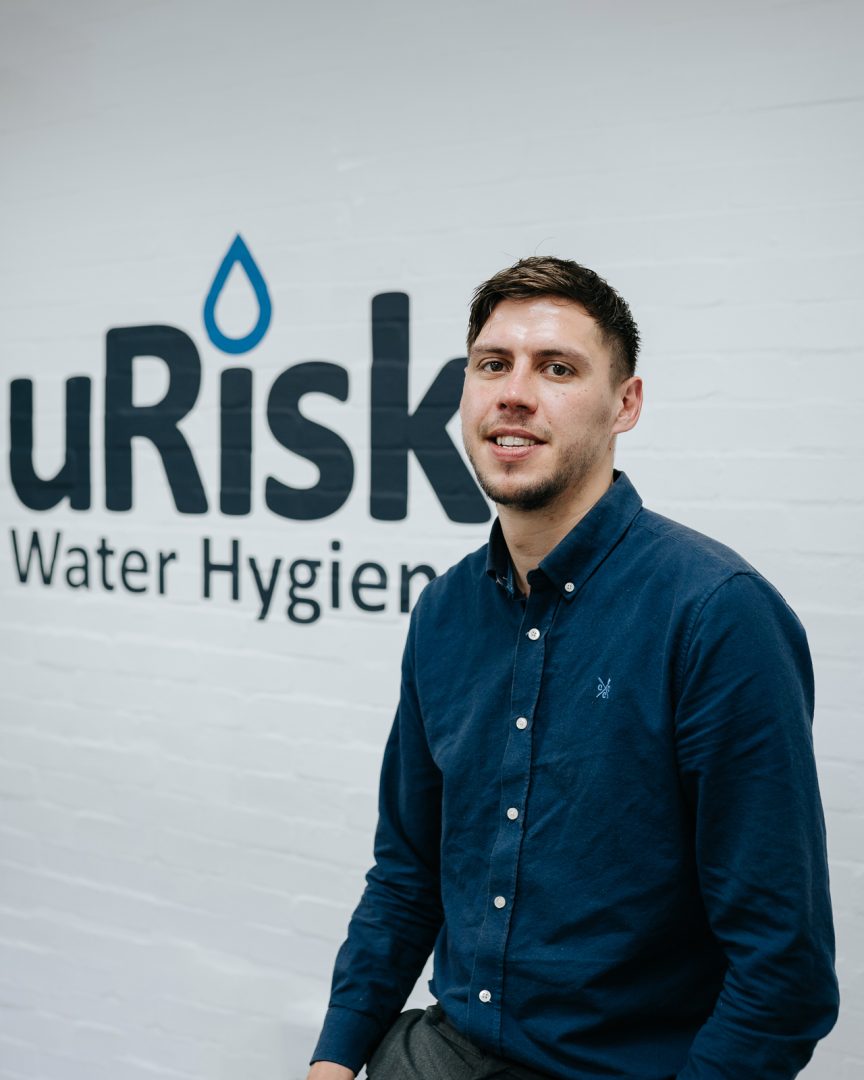
Callum
Customer Service
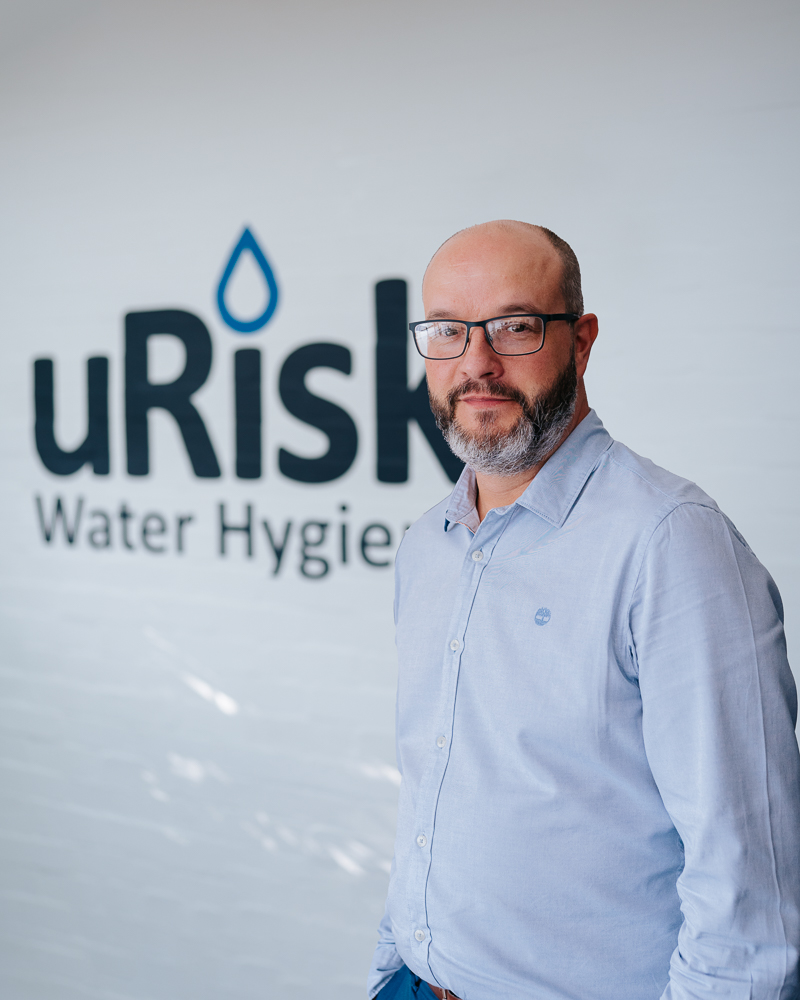
Neil
Coordinator
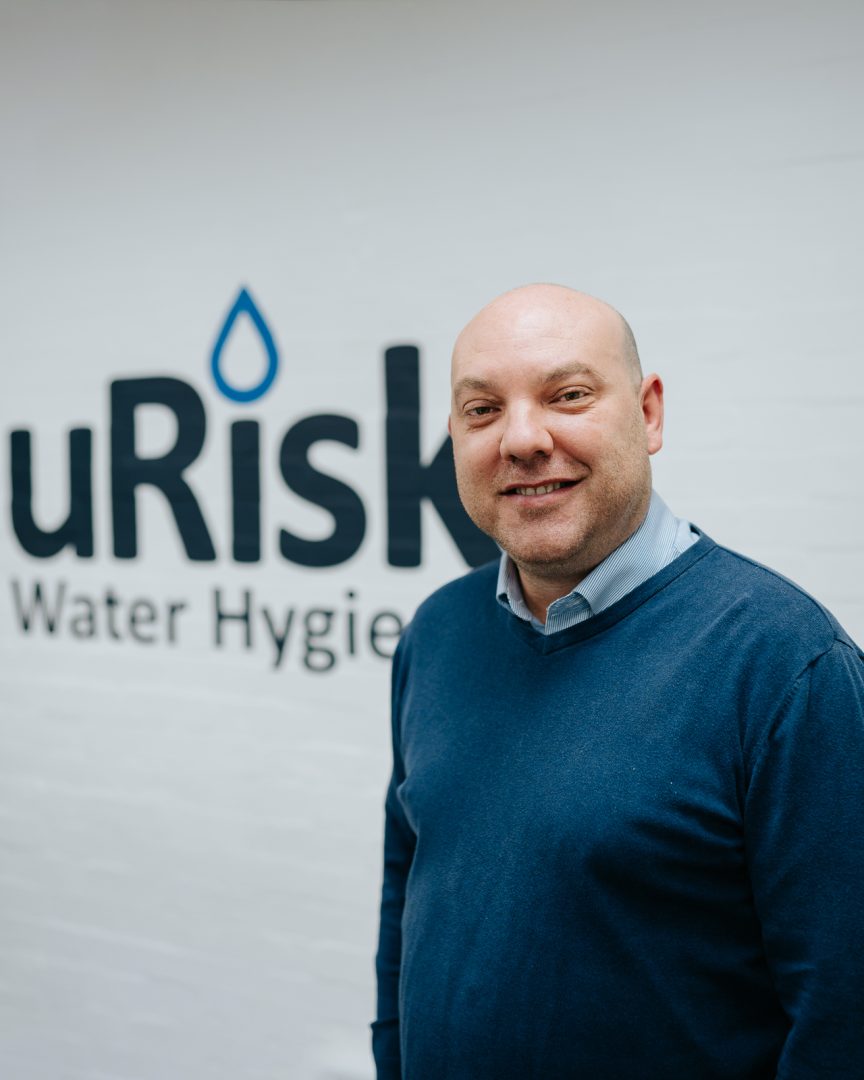
Stephen
Quality Control
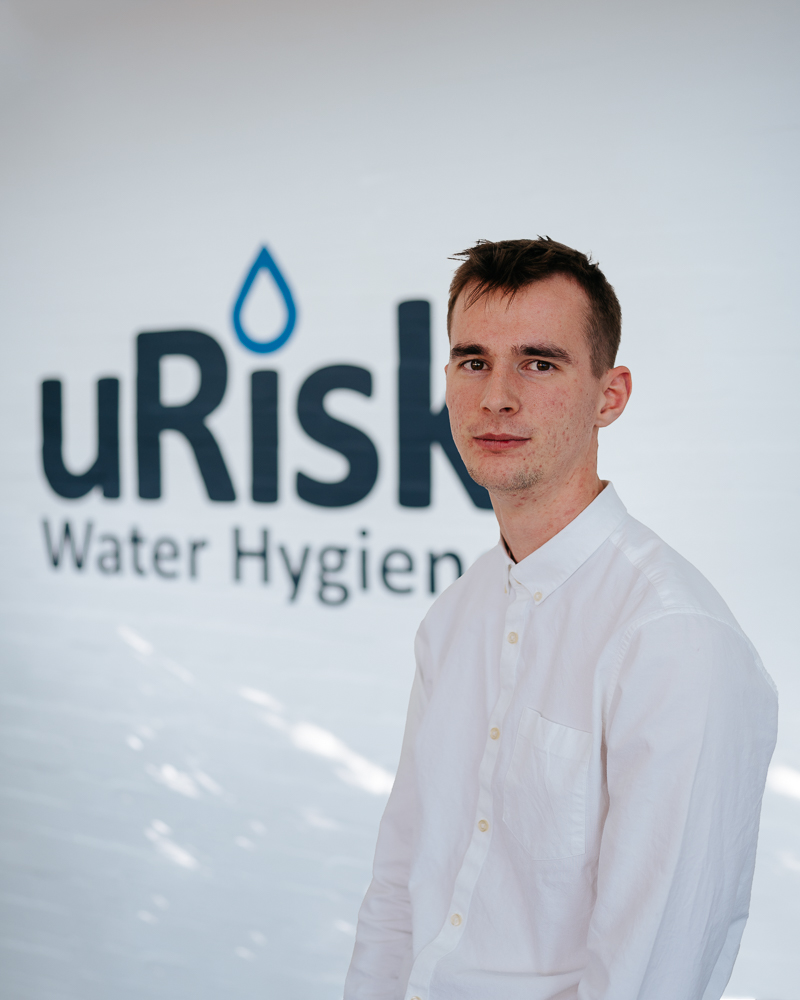
Shaun
Support
Why choose uRisk?
Over 25 years of water hygiene and legionella control experience.
Friendly and simple advice by phone, email & online at your convenience.
All staff are trained water hygiene consultants and engineers.
With engineers located all across the UK, we’re never too far away.
Our labs are UKAS approved providing you with quality assurance.
Your one stop shop for Legionella control, no need to go elsewhere.

